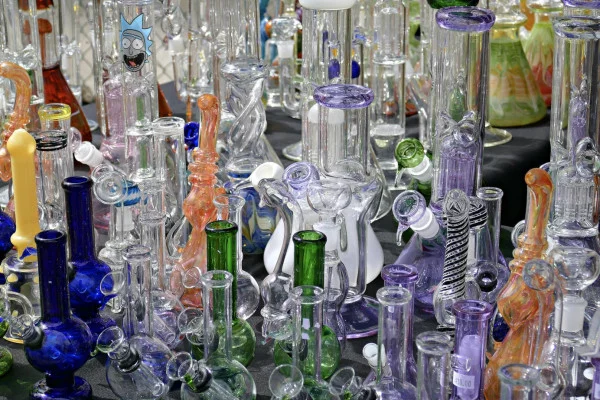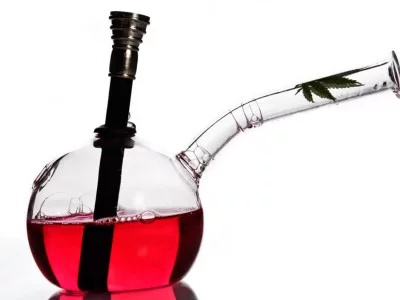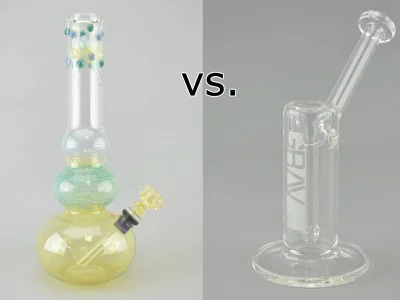0.00 грн.
CheckoutFeatures of creating glass bongs

Bongs are made using basic glassblowing techniques. But what makes each bong unique? - Consider.
They often feature bright colors, intricate designs, and elaborate decorations. Likewise, many bongs come with additional components such as ice traps and percolators. All this adds up to a very interesting and impressive glassmaking process. Consider below how popular bongs are made in our time.
Glassblowing is considered such an amazing art that during its humble origins, as early as 550 BC, Phoenician glassblowers from southern Lebanon were banned from traveling for fear that their knowledge would be exposed. Fortunately, there are no such restrictions anymore, and talented glassblowers can come at any time.
What makes a glass bong so good is its uniqueness and value: because of the handmade. But for consumers, the main advantage of such a device is ease of cleaning, soft smoke and durability in operation. The thicker the walls of the smoking unit, the less likely it is to break.
Begin making bong
- The first step
All glassblowers make glass bongs like true masters of their craft. Such bongs start with a glass bubble (flask).
First, the glass is heated to 1163 °C, making it flexible enough to be shaped. Then, using a hollow steel rod or blowpipe, craftsmen literally blow on one end, filling the molten glass with air, forming shaped bubbles.
This glass bubble can then be shaped into almost any shape imaginable. The air flow supplied by the glassblower can be controlled using air holes drilled in the steel rod.
- Second Step
The glassblower heats a glass tube directly above the water chamber. As this portion of the tube expands into a larger cylinder, the blower once again keeps the entire structure rotating smoothly and evenly.
A lathe is often used to keep the cylinder perfectly uniform. The glassblower will continue this process until he has a cylinder long and wide enough to serve as the neck of the bong.
- Third step
When the neck of the bong is successfully formed, the glassblower focuses on shaping the mouthpiece located at the very top of the neck.
For this, heat is again applied to make the glass flexible. From there, they begin to separate the expanded neck from the rest of the original glass tube. As the neck separates from the pipe, the artist rotates the pipe to maintain a uniform shape and size, and then carefully flattens the top of the neck into the mouthpiece, making sure there are no sharp edges.
Unique glass smoking devices
Glass products typically include stylistic and artistic elements, usually in the form of flowers, or giving the bong a unique shape.
Some glassblowers add color by fusing particles of colored pigment or glass into the tube used to make the bong. As the artist shapes the tube, he can stretch and manipulate many patches of color in various lines and patterns.
Alternatively, artists add colored glass through a process called fumigation. This method involves isolating certain types of metals—pure silver, gold, or platinum—and passing that vapor through a source glass tube. This process exposes part of the pipe to the metal so that when the artist turns the original pipe into a bong, those lines stretch out and turn into interesting colored bands.
You can buy a glass bong in various visual designs in the excellent Coffeeshop® online store with delivery throughout Ukraine and practically in anywhere in the world.


